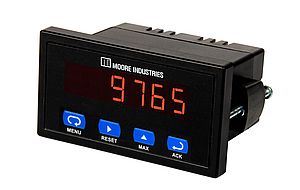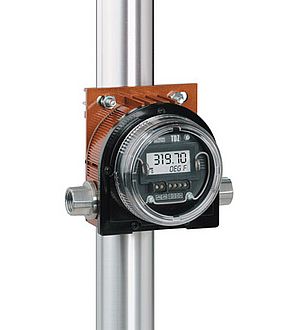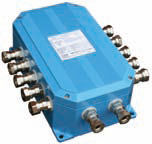American Crystal Sugar Company, East Grand Forks, USA, is a world-class agricultural cooperative specializing in the production of sugar and related agri-products. Sales of all products reached $1.2 billion in 2007. As the largest beet sugar producer in the United States, the company uses innovative farming practices and low-cost production methods to keep its leadership position in the industry. American Crystal’s beet sugar processing takes place in specially designed processing facilities. At each factory, sugarbeets are washed and sliced into thin strips called cossettes. The cossettes go through a large tank called a diffuser where raw sugar juice is extracted. The cossettes are gently lifted from the bottom to the top of the diffuser as hot water washes over them absorbing the sugar. After the sugar-laden raw juice is drawn off, the beet pulp is left behind. This pulp is processed separately and formed into pellets for livestock feed and other products. The raw juice is mingled with milk of lime and carbon dioxide gas in carbonation tanks. The carbon dioxide bubbles through the mixture forming calcium carbonate. The non-sugar particles attach themselves to the calcium carbonate and settle to the bottom of the tanks. The juice is then filtered, leaving a golden light brown clarified thin juice. This juice is boiled under vacuum where much of the water is evaporated, forming a thicker juice similar to pancake syrup. After a second filtration to ensure that all non-sugar materials are removed, the juice goes to the boiling pans. Once again the juice is boiled under vacuum and crystals begin to form. The resulting sugar crystal and syrup mix is called massecuite. The massecuite is then sent to centrifugals for separation. By spinning rapidly in a perforated cylindrical basket, the molasses syrup is thrown off through the screen holes. Non-sugars that were not removed earlier in the process finally come out in the molasses. Jayson Sorum, Electronic Control Technician at American Crystal Sugar explains: “Measuring the molasses temperature at the centrifugal was a problem. We originally used a standard thermowell with a rigid sensor. The thermowell was screwed into a six-inch pipe. The molasses only runs about 4cm deep in the bottom of the horizontal pipe, and quite a bit of steam fills the rest of the pipe. With just the tip of the thermowell immersed in the molasses and the rest of the thermowell surrounded by steam, it was not very responsive to a change in the molasses temperature.” “Also, because the thermowell was exposed to the steam, the thermowell got hot, heated the stainless steel rigid sensor contained within, and essentially conducted the steam’s temperature down the probe to the sensor. We were measuring the steam temperature more than we were the molasses temperature,” he continues. To solve the problem, a custom thermowell was fabricated out of 0.95cm stainless steel tubing (Figure 1) and bent the end in a gentle radius. A Worm RTD sensor from Moore Industries is inserted into the thermowell, past the bend, to the very end of the tubing, where it lays right in the molasses (inside the thermowell). A spring keeps the end of the Worm sensor in place. Because the sensor is only 2,5cm long, steam heating the stainless steel tubing has no effect on the temperature reading. A Parker CPI compression fitting was used to connect the 0.95cm tube to a 1.25cm NPT pipe screwed into a conduit body (Figure 2). The retainer clip that comes with the WORM holds the RTD and spring in place. The retainer clip is visible in Figure 2, at the bottom of the conduit (the cover plate was removed for this photo). Figure 3 is a shot from above, through the round access hole in the pipe, showing the end of the custom thermowell. When this photo was taken, the system was in a cleaning cycle so there is no steam and just a little water in the pipe, making the end visible. Normally, it would be submerged in 4cm of molasses. “Since we installed the custom thermowell and the WORM, temperature measurement is much more accurate, and the sensor responds quickly to changes in temperature. This allows more precise control of the water and steam used in the centrifugal, allowing better control of the separation of molasses and sugar, which means more sugar in the bag and less lost to molasses,” says Jayson Sorum. “We also learned, after this project was complete, that Moore Industries offers a Worm Nose kit, which makes it much easier to fabricate a custom thermowell. The Worm Nose seals the end of the tubing and provides a snug fit for the Worm sensor, and the kit includes a bracket for connecting the tubing to conduit or a pipe wall.”
Flexible Sensor Measures Molasses Temperature
At American Crystal Sugar Company a rigid sensor couldn’t measure molasses temperature accurately in a conventional thermowell, but a custom thermowell and a flexible sensor provided the solution.
- by Moore Industries
- April 1, 2009
- 466 views



























